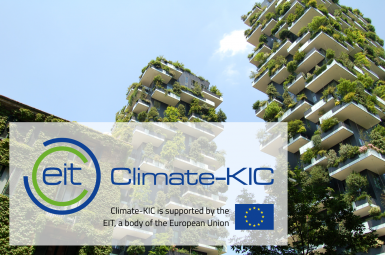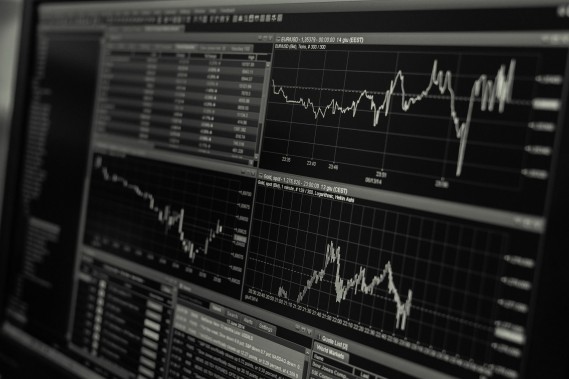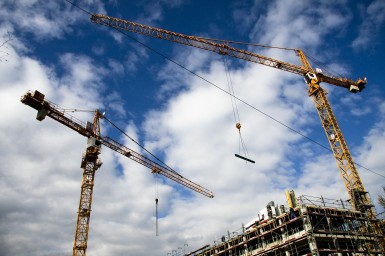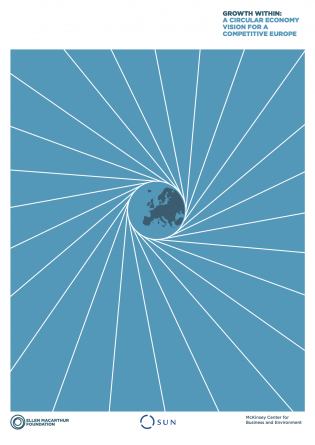Modelling a sustainable transition for European cities
Cities face an enormous challenge in becoming resilient, healthy places to live, while reaching net-zero-emissions in just a few short years. Material Economics is a working partner to EIT Climate-KIC in working with 15 of the most ambitious mayors, municipalities and city communities in Europe to drive transformation across all city systems – from mobility to waste to energy to health and the built environment.
Our team has developed an in-depth modelling tool to quantify abatement potential, investment needs, economic consequences and the value of indirect co-benefits for a series of city decarbonization initiatives. Findings are developed in close collaboration with involved cities, then used by mayors to design and finance extensive decarbonization programs as well as improve the lives of city residents.






